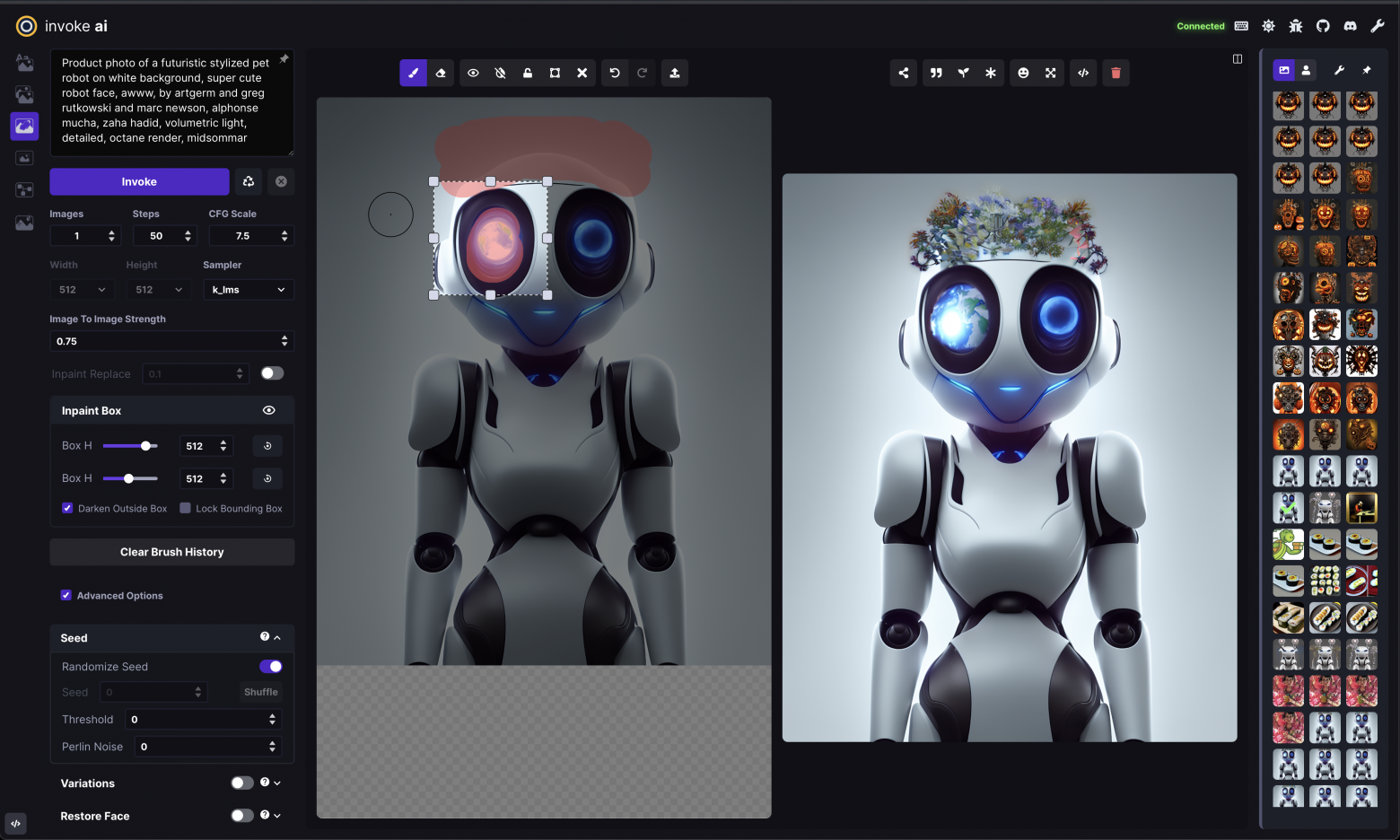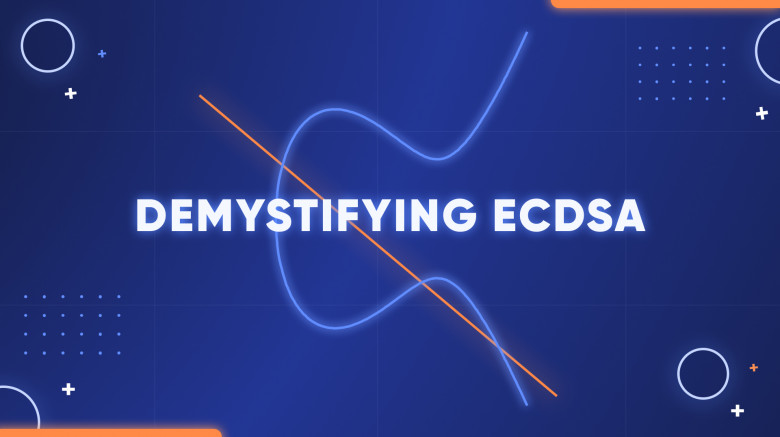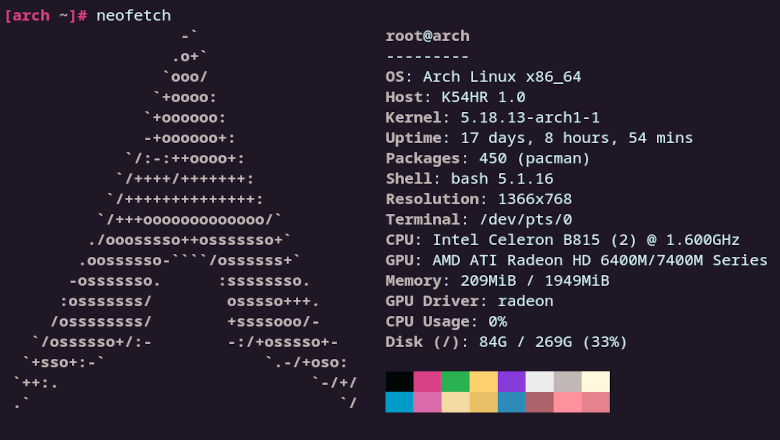
The InvokeAI team is excited to share our latest feature release, with a set of new features, UI enhancements, and CLI capabilities.

The InvokeAI team is excited to share our latest feature release, with a set of new features, UI enhancements, and CLI capabilities.
In the world of academic knowledge evaluation, objective calculation of large data presents a serious problem. Can a student studying in an Advanced Maths class and getting B-marks be evaluated equally with another student, getting B-marks in a General Maths class? Can we create a system that would take into account the level of difficulty those students face?
This article will describe a system of independent evaluation we have been using for school olympics in five subjects (Mathematics, English Language, Russian Language, Tatar Language, Social Science) for students grades 1 to 11. In each academic year we organise six qualification tournaments, with about 15,000 students from different regions of Russia. Then we select the top ten participants in each subject and each grade for their future participation in the final (seventh) tournament, where only the best of the best are chosen. It means that 550 participants compete in the final tournament, which is about 5.5% of all participants in the academic year.
It is obvious that those multiple tournaments cannot be absolutely homogenous, and inevitably the levels of difficulty for each set of tasks vary. Therefore, it is critical for us to take into consideration those variations of difficulty and calculate the results in the most objective manner.
In this article, I will break down all the secrets of quantum computers piece by piece: what superposition (useless) and entanglement (interesting effect) are, whether they can replace classical computers (no) and whether they can crack RSA (no). At the same time, I will not mention the wave function and annoying Bob and Alice that you might have seen in other articles about quantum machines.
The first and most important thing to know is that quantum computers have nothing to do with conventional ones. Quantum computers are analog in nature, they have no binary operations. You have probably already heard about Qubits that they have a state of 0, 1 and 0-1 at the same time and with the help of this feature calculations are very fast: this is a delusion. A qubit is a magnet (usually an atom or an electron) suspended in space, and it can rotate on all three axes. In fact, the rotations of a magnet in space are the operations of a quantum computer. Why can it speed up calculations? It was very difficult to find the answer, but the most patient readers will find it at the end of the article.

Toloka is a crowdsourcing platform and microtasking project launched by Yandex to quickly markup large amounts of data. But how can such a simple concept play a crucial role in improving the work of neural networks?

LC ladder component values can have different values for the same transfer function. Published tables have only one set. Why?

Hi everyone, a few months ago I got a Brother AX-25, and since then, I've been working on turning it into a computer. It uses an Arduino to scan the custom mechanical keyboard and control the typewriter, and a Raspberry Pi is connected to the Arduino over serial so I can log into it in headless mode.

This is the complete crash course on the Elliptic Curves Cryptography used in Bitcoin and other blockchains. With code samples and a live demo from scratch.

In this post there are a lot of references to the previous one – it is essential that you read it before getting down to this.
In my previous posts (see the list below below) I tried to express my doubts whether there is a real physical substrate to the Lorentz transforms. The assumptions about the constancy of the speed of light, the homogeneity of space-time, and the principle of relativity do not and cannot lead to the deduction of the Lorentz transforms – Einstein himself, for one, gets quite different transforms, and from those he goes over directly to the Lorentz transforms obviously missing a logical link (see Einstein p. 7, and also Part 1 of this discussion). As for the light-like interval being equal to zero, we saw that it can be attached to such assumptions only in error and cannot in itself be a foundation of a theory. I have to conclude that all that fine, intricately latticed construction of scientifictitious, physics-like arguments with the air of being profound is nothing but a smokescreen creating the appearance of a physical foundation while there is none.
What is then the real foundation of the Lorentz transforms? Let’s start from the rear end, the Minkowski mathematics. Historically, this appeared later than special relativity as a non-contradictory model of the Lorentz mathematical world; previously mentioned Varićak was among those who took part in its creation. Notwithstanding its coming later in history, it can be used as the starting point for derivation of the Lorentz transforms.
I thought my previous post rather funny, and was surprised seeing it initially receive so few views. I thought the entertainment flopped, but fortunately I was wrong. I therefore feel it my duty before my readers to address the subject of the Landau & Lifschitz proof of the invariance of the interval.
You can find the summary of it in Wikipedia. Making their starting point the light-like interval always being equal to zero, Landau & Lifschitz seem to make a great fuss about it. The Wikipedia article even says: ‘This is the immediate mathematical consequence of the invariance of the speed of light.’ No, it is not.
I beg everyone’s pardon, but the light-like interval always being equal to zero is nothing else but the following statement: ‘The length of a ray of light will always be equal to the length of this ray of light’. Sounds like a cool story, bros and sis, but I cannot see what further inferences can be drawn from it. The ‘proof’ of this truism cannot fail under any circumstances whatever – whether you keep the speed of light invariant, or keep or change the metric of space or time or both – or make both metric and speed of light change – the light-like interval will remain equal to zero. I am okay with anyone wanting to prove it if they feel like it, but you cannot make it an ‘immediate mathematical consequence of the invariance of the speed of light’. Neither is it possible to make the constancy of the speed of light a consequence of the invariance of the light-like interval for the reason already mentioned: this is a truism. It does not prove anything, nor can it be a consequence of anything. When Landau & Lifschitz insist that this is a consequence of the constancy of the speed of light, that is either an error or a downright subterfuge, a means employed to create a spectre of logical connection between two unconnected notions, and charge this ghostly connection with pretended significance. And, since the following proof of invariance of an arbitrary interval hangs on the invariance of the light-like interval, we can altogether dismiss it: the necessity of introduction of such a measure as interval cannot be derived from the statement that a length of something will be equal to itself in whatever frame of reference it is measured.
The previous discussion done, we have surmounted the difficult waters and are now sailing into something much more pleasure-like and hopefully even entertaining.
As I promised, we will be discussing the invariance of the interval, that is to say, the following relation:
Even as I am posting this, I can see that my previous post received a hundred and twenty plus views, but no comments yet. I am saying again that my pursuit is not to give an answer, but to ask a question. I only wonder if there is in fact no answer to the questions I am asking – but anyway, I will continue asking them. If you know how to deal with the problems I am setting – or happen to understand they are not problems at all, I will be most grateful for a constructive input in the comments section. I am sorry to say I was unable to make this post sound as light and unpretentious as the previous one. This one deals with harder questions, is a little wordy, and requires at least elementary knowledge of calculus to be read properly.
In my previous post we discussed the ‘Galilean’ velocity composition used for introduction or substantiation of relative simultaneity. It is not the only point where Einstein resorts to sums c + v or c – v: he does that actually to deduce the Lorentz transforms, notwithstanding the fact that a corollary of the Lorentz transforms is a different velocity composition which makes the above sums null and void. It looks like the conclusions of this deduction negate its premises – but this is not the only strange thing about Einstein’s deduction of the Lorentz transforms undertaken by him in his famous 1905 article.
In Paragraph 3 of that paper Einstein is considering the linear function τ (the time of the reference frame in motion) of the four variables x′ = x – vt, y, z, and t (the three spatial coordinates and time of the frame of reference at rest) and eventually derives a relation between the coefficients of this linear function.
There is one only too obvious problem with relativity of simultaneity in the way it is normally introduced, and I have never found an answer to it – what’s more, I never read or heard anyone formulate it. I will be grateful for an enlightening discussion.
The framework of the thought experiment introducing relativity of simultaneity is this. Two rays of light travel in opposite directions and reach their destination simultaneously in one frame of reference and at different moments in the other.
For example, in the Wikipedia article on the subject you can read:
‘A flash of light is given off at the center of the traincar just as the two observers pass each other. For the observer on board the train, the front and back of the traincar are at fixed distances from the light source and as such, according to this observer, the light will reach the front and back of the traincar at the same time.
‘For the observer standing on the platform, on the other hand, the rear of the traincar is moving (catching up) toward the point at which the flash was given off, and the front of the traincar is moving away from it. As the speed of light is finite and the same in all directions for all observers, the light headed for the back of the train will have less distance to cover than the light headed for the front. Thus, the flashes of light will strike the ends of the traincar at different times’.
I am always not a little surprised at the modesty displayed by the authors of such illustrations. If we grant the statement ‘the light headed for the back of the train will have less distance to cover than the light headed for the front’ to be true – how then do we evaluate the magnitude of the effect? Or, in other words, how much longer is one distance in comparison to the other?

e-Learning is an extension of/ alternative to a traditional classroom setup. e-learning, commonly known as ‘online learning’ or ‘virtual learning’ is ideally a one-way or two-way digital communication established on a device with video and voice call integration using internet access. The last two years made us realize how technology can facilitate and improve communication. Digital technology had its impact in almost every industry including the sensitive education sector.

I wonder why IT developer interviews are so strange most of the time. It feels as if the people are looking for computer science teachers, not engineers. All those theoretical questions that have no relation to the working reality. It is strange to be looking for eloquent teachers, who can perfectly explain any term or pattern, and then ask them to do the actual work. Maybe it is the imprint from the years spent in university when the teachers looked like all-knowing gods and seemed to solve any issue in your life. May be, may not. Anyway, these teachers stay in unis and don't do the work.
You know, what would be my universal answer to all interview questions? “I have no idea how and why it works, but I can use it, and I can use it for good”. This is the reality. Actually, no one knows exactly these hows and whys. What is a computer? What is electricity? What is an electron? No one knows for sure. But it works and we use it.
Imagine a famous author, like Stephen King, asked a question about the difference between deus ex machina and Mary Sue. Would his answer change the quality of his books? He may or he may not know all those scientific literature terms, but he can use the language and use it for good.
Every time I turn on my computer it is a wonder. I have no idea what is going on, but it awakes, it becomes alive, and I can communicate with it in its own sublime and subtle language.
Have you ever realised that all these electronic devices are monsters, Frankenstein's monsters? Some pieces of dead matter were put together, and then, with some electricity involved, it suddenly awoke. “It's alive!”. Had Frankenstein any idea why it turned alive? Of course not, or why he was so surprised? Every developer experiences this feeling almost every day. “It's working!”

Konstantin Kotelnik, an analyst at Innotech, ponders over making technical documentation easier to understand for developers and helping the clip-thought generation work effectively with large quantities of data. Read the article to find out about the potential emergence of a graphical IT-Esperanto and the standardisation of technical language.

17-19 min read
Hi y'all, my name is Labertte and I use Arch btw.
Probably like every other Linux user, I'd like to buy a ThinkPad, put some lightweight distribution like Arch or Gentoo on it, and then go to Starbucks, get a soy latte and tell everyone that I use "linux". But I decided to go a little different route and give a chance to my old laptop that I was using about five or seven years ago.
FL_PyTorch: Optimization Research Simulator for Federated Learning is publicly available on GitHub.
FL_PyTorch is a suite of open-source software written in python that builds on top of one of the most popular research Deep Learning (DL) frameworks PyTorch. We built FL_PyTorch as a research simulator for FL to enable fast development, prototyping, and experimenting with new and existing FL optimization algorithms. Our system supports abstractions that provide researchers with sufficient flexibility to experiment with existing and novel approaches to advance the state-of-the-art. The work is in proceedings of the 2nd International Workshop on Distributed Machine Learning DistributedML 2021. The paper, presentation, and appendix are available in DistributedML’21 Proceedings (https://dl.acm.org/doi/abs/10.1145/3488659.3493775).
The project is distributed in open source form under Apache License Version 2.0. Code Repository: https://github.com/burlachenkok/flpytorch.
To become familiar with that tool, I recommend the following sequence of steps:

A tester is one of the most stressful roles in IT. You constantly need to be concentrated and report bugs to developers in your team. Lidiya Yegorova, Innotech’s “Scoring conveyor” team QA-Lead shared her practices on how to minimize the stress while testing.
Alexander Volchek, IT entrepreneur, CEO educational platform GeekBrains
Pretty much everyone in the IT community is talking metaverses, NFTs, blockchain and cryptocurrency. This time we will discuss metaverses, and come back to everything else in the letters to follow. Entrepreneurs and founders of tech giants are passionate about this idea, and investors are allocating millions of dollars for projects dealing with metaverses. Let's start with the basics.

Most people fear of artificial intelligence (AI) for the unpredictability of its possible actions and impact [1], [2]. In regard to this technology concerns are voiced also by AI experts themselves - scientists, engineers, among whom are the foremost faces of their professions [3], [4], [5]. And you possibly share these concerns because it's like leaving a child alone at home with a loaded gun on the table - in 2021, AI was first used on the battlefield in completely autonomous way: with an independent determination of a target and a decision to defeat it without operator participation [6]. But let’s be honest, since humanity has taken in the opportunities this new tool could give us, there is already no way back – this is how the law of gengle works [7].
Imagine the feeling of a caveman observing our modern routine world: electricity, Internet, smartphones, robots... etc. In the next two hundred years in large part thankfully to AI humankind will undergo the number of transformations it has since the moment we have learned to control the fire [8]. The effect of this technology will surpass all our previous changes as a civilization. And even as a species, because our destiny is not to create AI, but to literally become it.